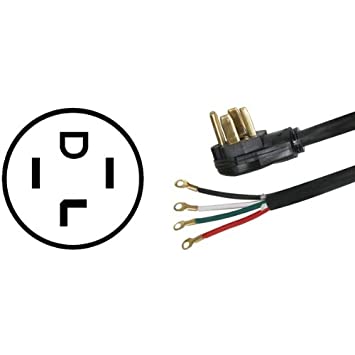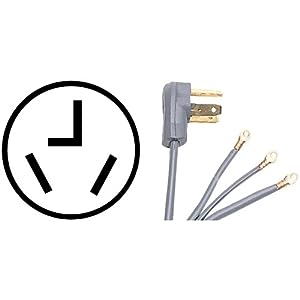If you are building a Boil Kettle, then you should not be using a temperature controller. These are the wrong devices for a boil kettle.
The standard control for boil kettles is a SSVR, which translates to Solid State Variable Relay, which is not what they actually are. They are variable control SCR (silicon controlled rectifier), and have a variable output from 0 to 100% using a potentiometer (knob control). You turn it up to 100% till you reach the boil then back it off to maintain the level of boil you want, in a nutshell.
Look at the
P_J thread for lots of circuits and discussions on dozens (or more) variations of control circuits.
I'd also avoid the controllers you linked from Amazon, if you need temperature control for anything other than the BK. Those 2 look suspicions, and will
never support 30 amps. Search for STC-1000, then go to the DIY forum and read the STC-1000+ or STC-1000 PI threads for the enhanced code that can be uploaded to (some of) them.
The STC-1000 is the 'standard' inexpensive control here on HBT, and they are only good to 10 amps. You can control an SSR (on/off device) easily with them to get the high current needed. These are normally used for RIMS and HLT use, and with the Alphaomega code and wilconrad's hardware support, you can do step mashing (STC-1000+) and step fermentation control (STC-1000 PI).
Hope this helps.











